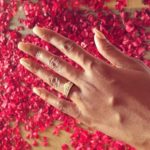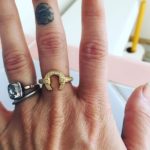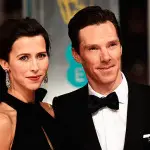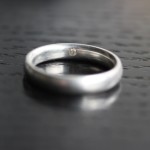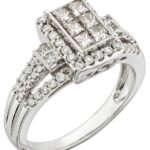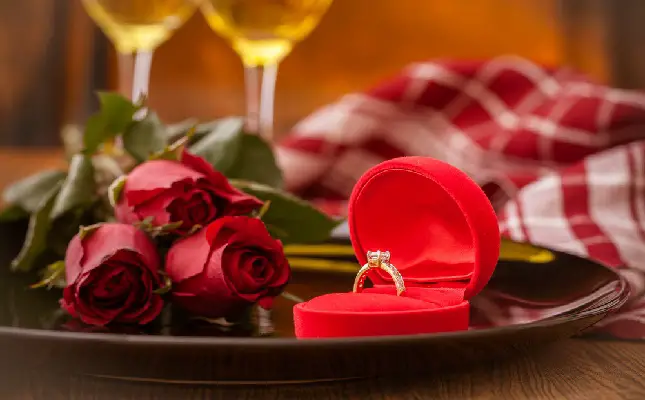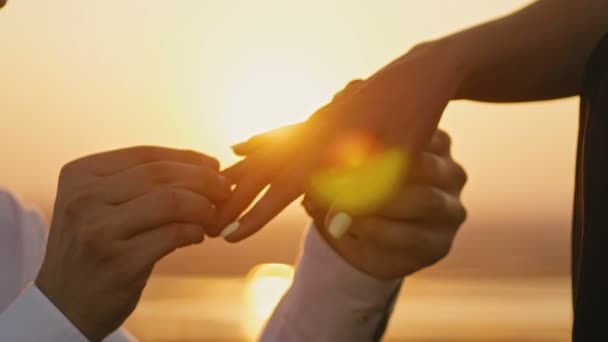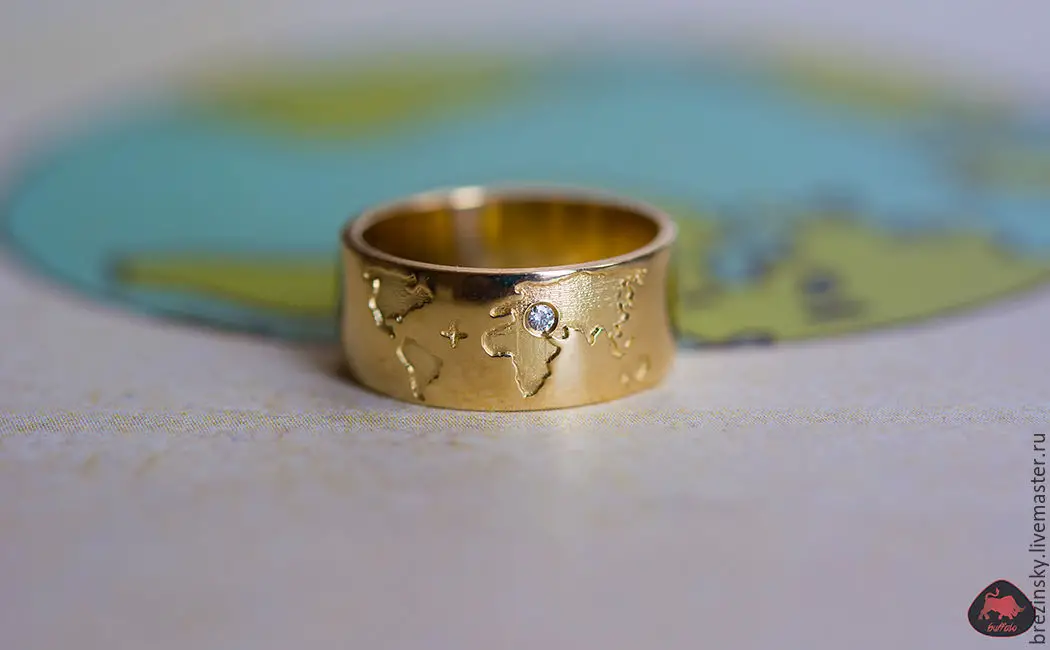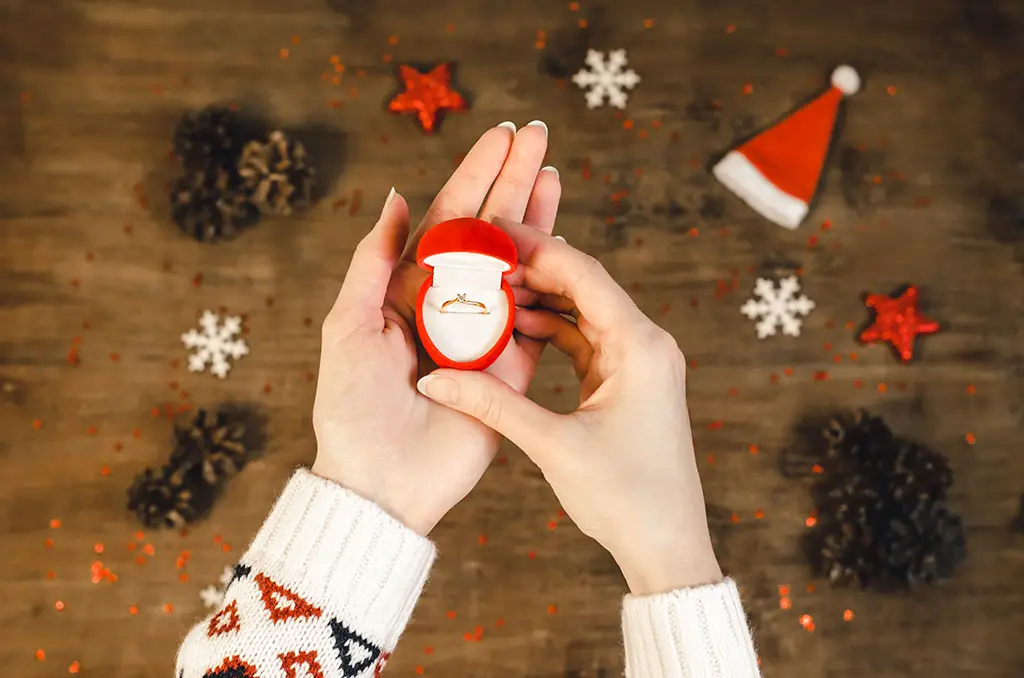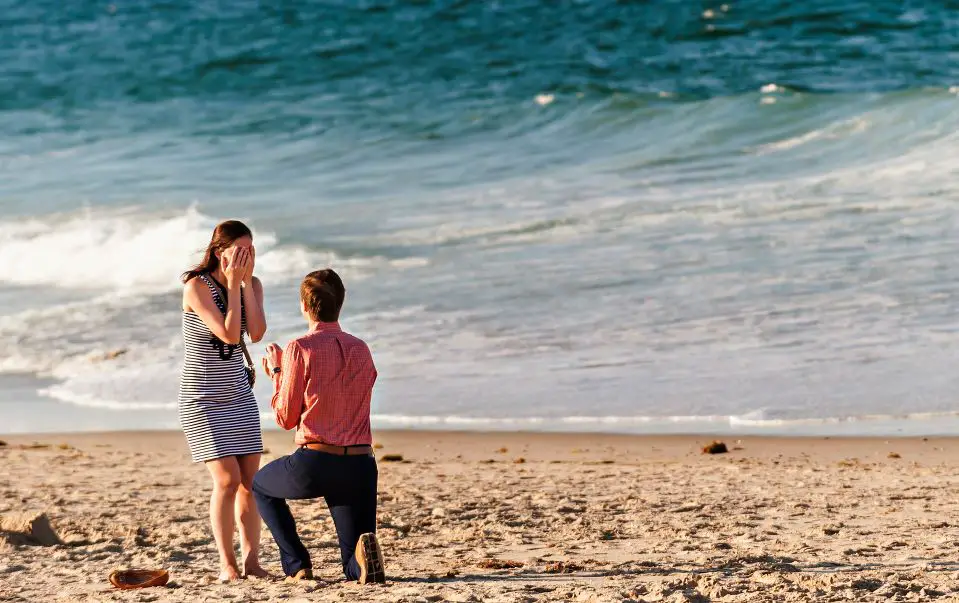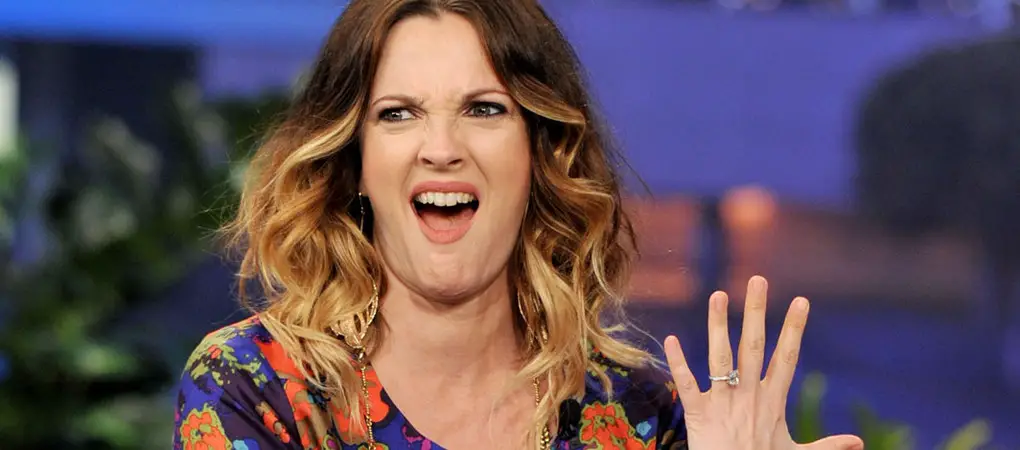Vintage engagement rings have a certain romance about them that many brides-to-be have always wanted. They’re also fabulous because they’re unique, hand-crafted, and of course beautiful. But buying a vintage engagement ring can sometimes be a little more challenging than buying a new ring. If she has her sights set on some vintage bling, here’s what you need to know.
Vintage vs. antique engagement rings
As you may have figured out by now, ‘vintage’ is a kind of umbrella term that basically means ‘not new’. While you’ll see rings that are 20 to 100 years old (or maybe even older) labelled as vintage, technically anything older than 50 years is actually considered antique. There are also different eras of vintage/antique jewellery. Engagement rings from the oldest eras are rarely found and thus very expensive – not to mention they’re often too fragile for daily wearing. But even new engagement rings are often inspired by these eras, so an understanding of them is useful.
The Georgian Era: 1714 – 1847. The longest running era saw four kings named George rule England (maybe when it’s the current Prince George’s turn on the throne we’ll see a revival?). Usually set in yellow gold or silver, Georgian Era engagement rings will often feature old mine cut, cushion cut or rose cut diamonds. However since the historically famous ‘diamond rush’ only began in the 1870s, other gemstones like topaz and garnet were more common.
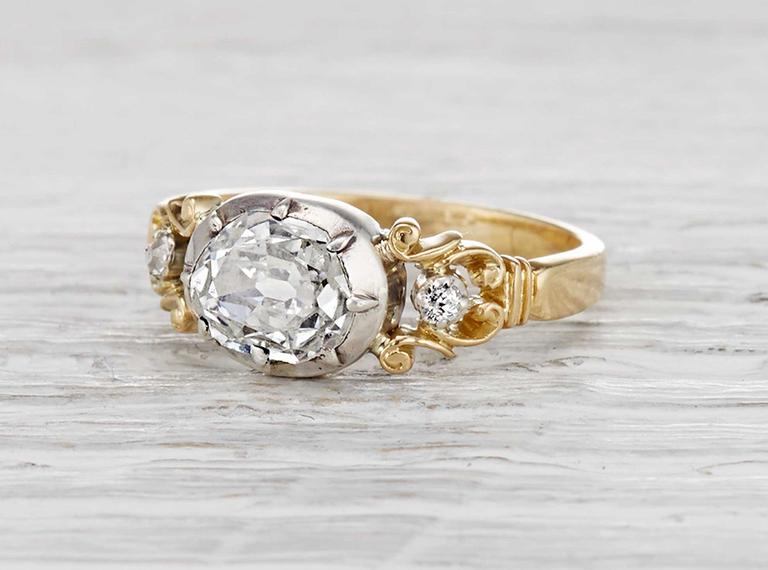
The Victorian Era: 1837 – 1901. Queen Victoria raised everyone’s style game when she got her crown – so much so that the Victorian Era actually has three sub-periods – Romantic, Grand and Aesthetic. Still relatively easy to come across, Victorian era engagement rings are all about precious gemstones – pearls, sapphires, and of course diamonds were commonplace. Designs were usually low-key, and silver or yellow gold were still the go-to metals.
The Edwardian Era: 1901 – 1915. Also known as the Belle Epoque period, the Edwardian era saw the introduction of platinum and beautifully ornate designs. Think flowers, filigree, milgrain and really intricate, delicate styles that have ‘romance’ written all over. Diamonds and pearls were all the rage by now, and the more detailed the setting, the better. Edwardian rings can still be found today, though they don’t come cheap.
The Art Nouveau Era: 1890 – 1910. Running concurrently with the Edwardian era was the Art Nouveau era; you may also know this as the Secession era. Make no mistake however – Edwardian and Art Nouveau are totally different in style. While Edwardian pieces were heavily detailed and symmetric, Art Nouveau emphasised free form designs and was anything but symmetrical. Art Nouveau engagement rings are often non-traditional, save for the prevalence of diamonds and gold, so they’re a great choice for a unique bride who wants something different.
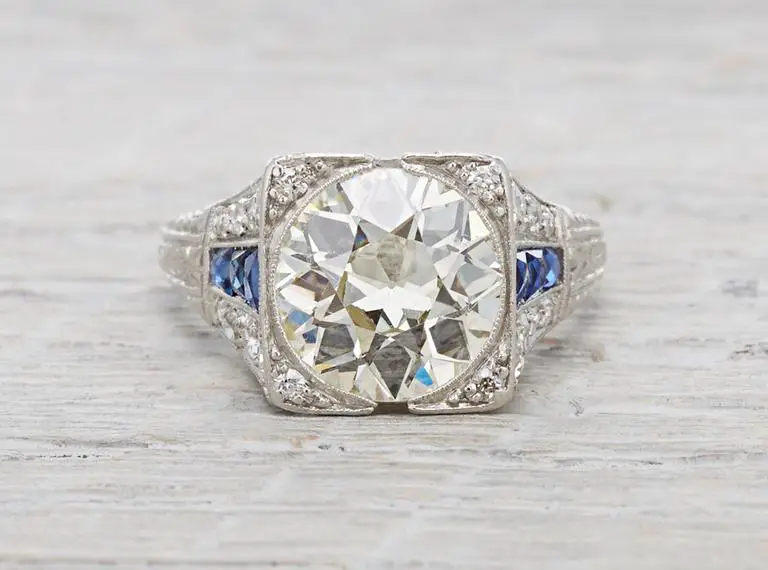
The Art Deco Era: 1920s – 1930s. Between the First and Second World Wars, Art Deco was the style of the times. A strict departure from anything that had come before, Art Deco engagement rings are big, bold, striking and colourful. Platinum was the primary metal, and all kinds of geometric, chunky designs with brightly coloured gemstones were around. Genuine art deco engagement rings are still readily available today, and they’re a perfect choice for non-traditional brides.
Maintenance & practical tips
One of the few disadvantages to a vintage engagement ring is that it will require more maintenance and care than a newly made ring. Some older rings were made before the advanced techniques and equipment we have now were available, which makes them more susceptible to wear and tear. If it’s a delicate and intricate style like that of the Edwardian era, it will also need to be cleaned and inspected more regularly. So if she leads an active lifestyle or works with her hands a lot and wants to wear her vintage engagement ring daily, you should take this into account.
There’s one other aspect to vintage engagement rings that could be problematic; certificates. The practice of issuing certificates with diamonds has only become commonplace within the last decade or so. Most certificates contain a grade report for the diamond in question (how it ranks with the 4Cs, or in other words proof of its quality) and verifies its origins. It’s proof that your diamond has been legally mined and traded, and that it is what your jeweler claims it to be.
But with vintage engagement rings, certificates are less easy to come by. This will make it a bit more challenging to get that bling insured, and you have no guarantee that it has come from an ethical source. If those are priorities for you or your bride to be, give it some thought before buying or go the extra mile to make sure you’ve chosen well.
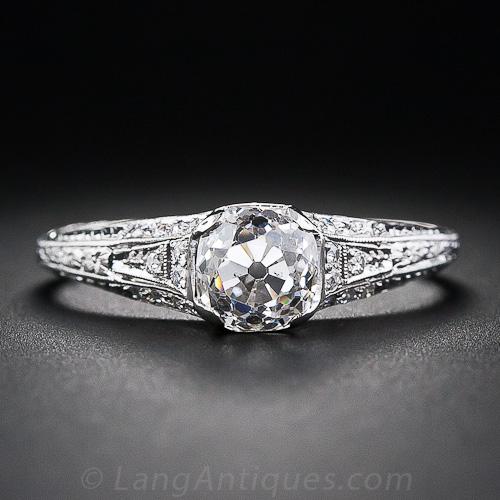
How much do vintage engagement rings cost?
We can only answer this question with another question; how long is a piece of string? Vintage engagement rings are priced according to the metals and gemstones used, the quality of those materials, the condition of the ring as a whole, the period it dates from, the craftsmanship it displays, its rarity, and plenty of other factors. If it has a particularly romantic or famous history, it tends to be a little more expensive than average too.
So basically there’s good news and bad news. The good news is that a vintage engagement ring will generally cost less than a similar ring design that has been newly made. The bad news is that because there is so much variety with vintage engagement rings, there’s no ‘average’ price. Sorry! The best course of action is to find out how much you can spend on an engagement ring first, then visit some jewelers and see how much vintage you can get for your buck.
Where to buy a vintage engagement ring?
You’ll usually find vintage engagement rings in any boutique or non ‘chain’ jewelry store, and this is a great place to start your search. Not only do you get a feel for the huge variety of styles available, you can also talk to an expert jeweler about anything from maximising your budget to finding out her ring size. Who knows, you may even find the ‘one ring’ sitting in the jewelry store window! However, there are also some great websites to check out if vintage rings are nowhere to be found in your locality. We love Trumpet & Horn, Erstwhile Jewelry, Longs Jewelers and Era Gem.
If you have your reservations about buying a genuine vintage engagement ring, don’t worry. ‘Vintage’ is a huge trend in engagement rings now, so vintage-inspired but newly made rings are readily found everywhere. If a jeweler doesn’t have a ‘real’ vintage ring to show you, they’ll definitely have a modern day lookalike. It may not have the same air of romance, but hey, it’s still guaranteed to be a beautiful piece of jewelry. Plus, the aforementioned maintenance worries and lack of certification are completely gone.
Good luck with your engagement ring search!
